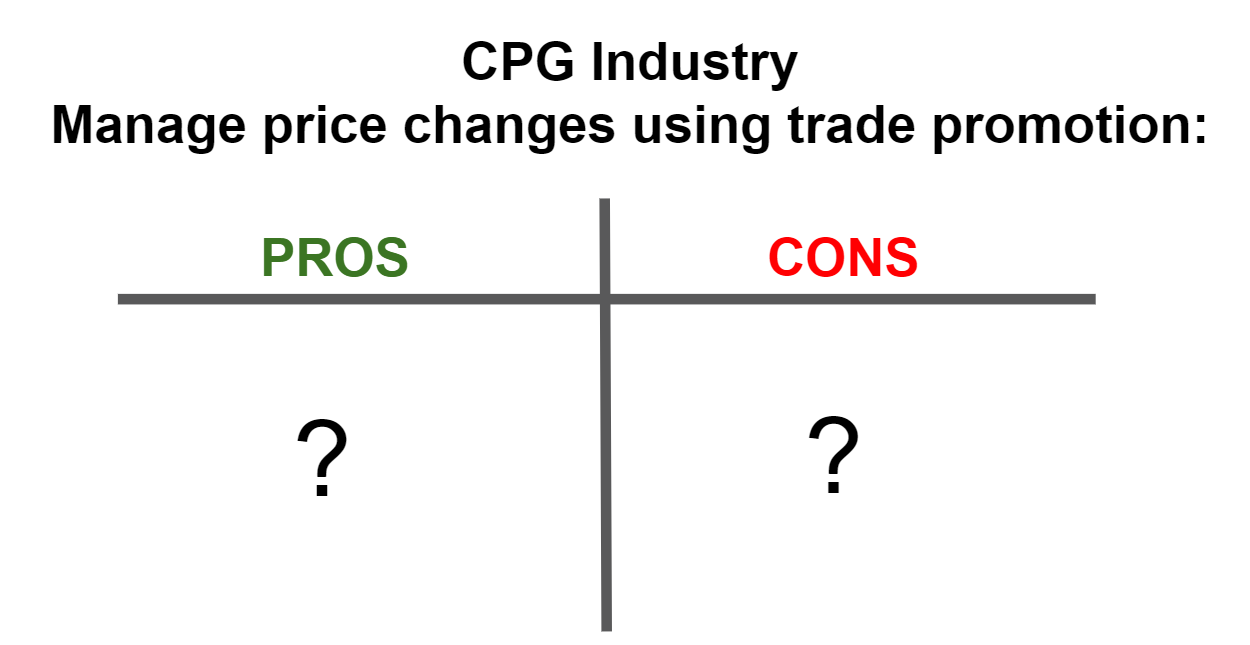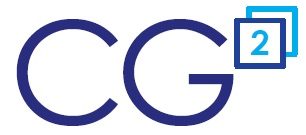
Instead of taking periodic price increases and publishing official prices, some manufacturers use trade promotions to manage their prices. Before we consider the pros and cons, let’s review some definitions.
List Price: The list price is published and available for all to see. In most CPG categories, this price is valid anywhere in the nation. The idea of a national list price is to reduce diverting by minimizing list price differences between geographic regions.
Customer specific price: Some customers have their own ‘list price’. The largest retailers in the country typically have their own lower ‘list prices’. Customer specific prices are only shared with the customer and in theory, not visible to any other customers. Customer specific pricing eliminates the need to apply discounts to give large retailers a lower price. It also prevents retailers from setting everyday retail price based on the higher national price.
Price Increase: This is when the manufacturer changes item list prices and publishes a new price sheet. The price increase is usually announced in advance, with a published ‘effective date’.
Price protection: This is when a manufacturer takes a price increase, but excludes orders before a specific date, and items in approved promotions that were scheduled before accounted price increase. After the price protection period, the increased price is enforced on new orders and future promotions.
Trade Promotion: Trade promotion is typically considered ‘temporary’ discounts to the retail ‘trade’. These allowances include manufacturing charge backs (MCBs), every-day low price (EDLP), temporary price discounts (TPRs), scan downs, new distribution (slotting), and others.
Now that we know the definitions, what are the pros and cons of using trade promotion to manage your pricing instead of taking a price increase and changing list price?
Pros: There are many advantages to this approach:
- Agile: Able to change prices quickly without the expense and lead time requirements of an official list price.
- Customer Specific: Supports customer specific pricing without ‘forcing’ a different list price by customer in your ERP.
- Effective: You can request something in return for the discount. This enables you to use the price change to increase sales volume by getting merchandising and other activity at retail.
- Efficient: Instead of just changing the price for everyone, the level of promotional discounts, and the types of discounts offered can vary. This allows you to do more for customers that deliver better retail execution and results.
- Competitive: While your list price is public knowledge, it is more difficult for your competitors to get a complete picture of your overall pricing strategy.
- Analytics: Comparing the difference between list price and dead-net price enables better post-promotion analytics, including price elasticity. When you just change the customer's list price, the financial cost of the price change is typically not tracked or analyzed.
Cons: There are some challenges and unintended behaviors linked to this approach:
- Complexity: Using trade promotion to manage price results in more discounts, allowances, rebates, etc. that need to be created, approved, communicated, and applied. This practice also creates more customer deductions, which can complicate the cash-application worflow. This is partially off-set by the reduction in complexity around price protection and related deductions, disputes, etc.
- Effort: The additional complexity creates more work for people inside and outside your organization.
- TPM Solution Required: To help manage the additional complexity and workload, you should have a trade promotion management solution. Unless you are a very small company, Excel isn’t a viable option to manage thousands of trade promotions, transactions, claims, deductions, etc.
- Deal-to-deal buying: Deal-to-deal buying isn't unique to managing prices with trade promotion, but it is noteworthy. If trade promotions are too frequent, consumers, retailers and distributors are able to anticipate the next deal and never pay 'full price' for your product. There are many concepts around this behavior we'll cover in future blogs, including reference price, trade loading, pantry loading, brand switching versus true incremental consumption, and more.
It’s interesting that the practice of trade promotion became ‘main stream’ during the Nixon Price Controls in the early 1970’s. These price controls prevented CPG manufacturers from changing prices to cover increasing cost-of-goods due to rapid inflation. To get around price controls, trade promotion became the 'short-term' mechanism to get around the law. That's how trade promotion became a main-stream practice in CPG. The advantages listed above show why trade promotion has continued and grown over the past 40 years.
Alex Ring
President/Co-founder
CG Squared
